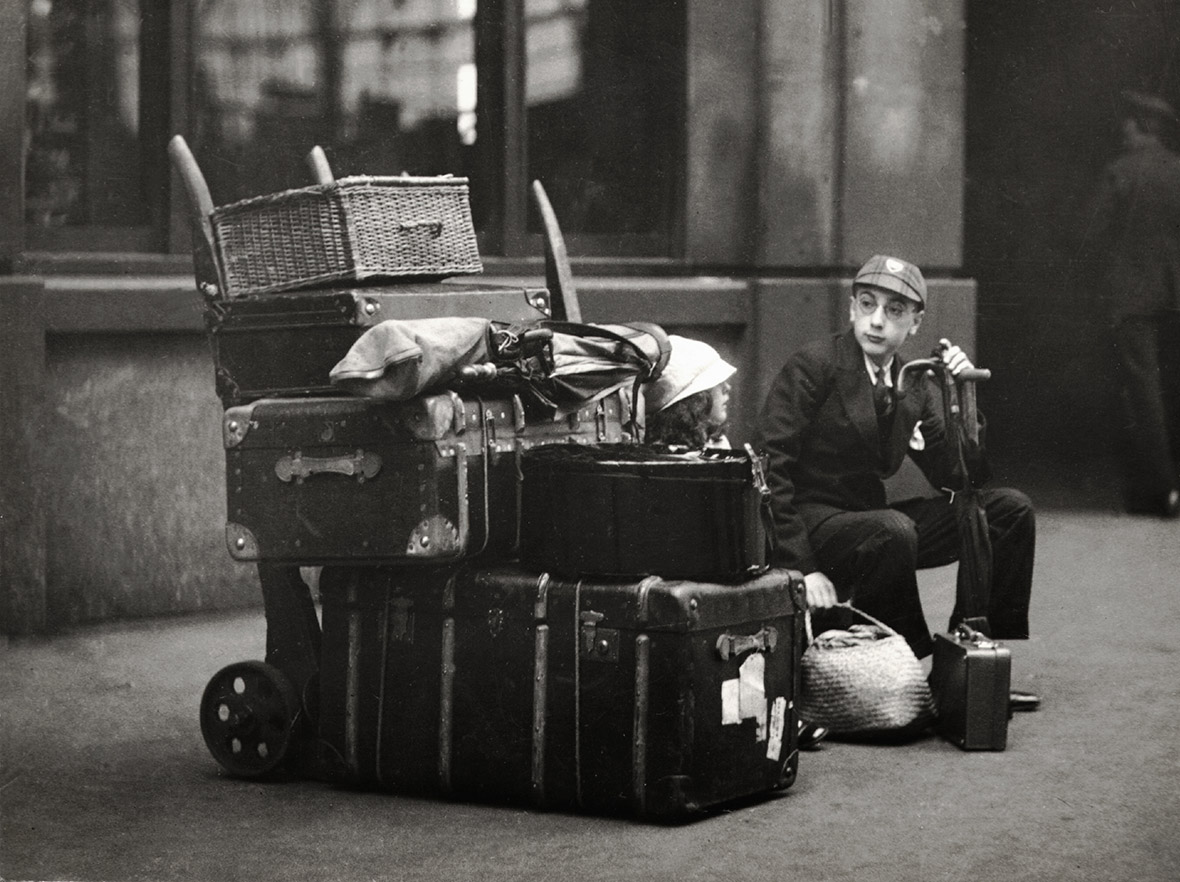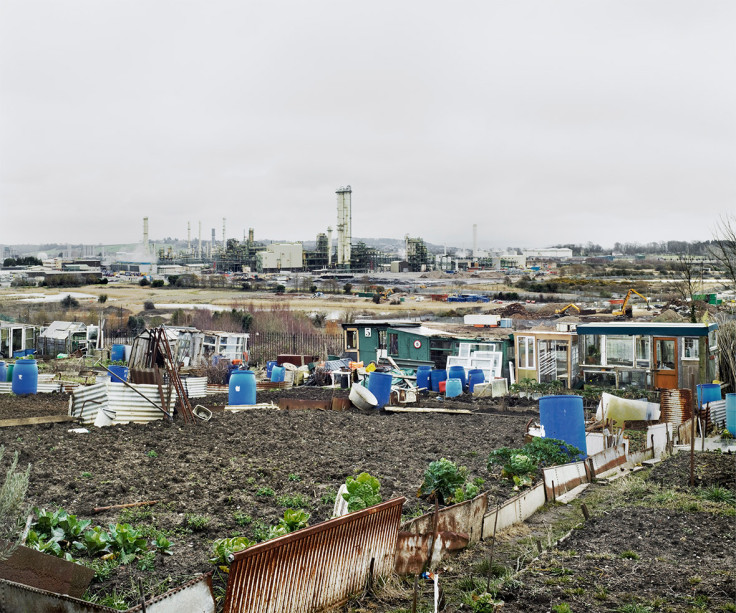Timely exhibition examines what it means to be British and our changing attitudes to class and race
A photographic look at Britain's changing attitudes to identity, money, class and race.
A timely photography exhibition examines what it means to be British. An Ideal for Living collates photography from the 1920s through to modern days to look at Britain's changing attitudes to class and race. The exhibition comes amid an increase in reports of hate speech in the wake of Britain's vote to leave the European Union. Minorities across the country have seen the resurgence of racism and xenophobic attacks.
The earliest photographs in the exhibition are Bill Brandt's and EO Hoppé's studies of the interwar period. These images document the idiosyncrasies of the British class system, revealing the huge chasm between rich and poor and how that could affect what was deemed acceptable behaviour at the time.


The post-war period is represented by Frank Habicht's photographs showing the spirit of the 1960s, a period when libertarian attitudes were expressed through fashion, design and political activism. John Bulmer's images of the same time provide a contrasting view of this decade with photographs of working class communities in the north of England.
Charlie Phillips' photographs document the integration of black communities into British towns and cities. Also from this period, Bruce Davidson's photographs of nannies in Hyde Park and mining communities in Wales show how British customs carried on in the 1960s despite the changing times.




The political unrest and social divides of the 1970s and 1980s are represented by Syd Shelton's images of the Battle of Lewisham in 1977, Philip Jones Griffith's photograph of a young soldier in Northern Ireland, Neil Libbert's reportage of the 1981 Brixton riots, the bleakly cinematic images of Glasgow by Raymond Depardon and Richard Billingham's hard-hitting series Ray's A Laugh.
The emergence of a defined youth culture and identity is shown through Derek Ridgers' iconic photographs of skinheads and punks contrasted with Jürgen Schadeberg's photographs of unruly well-off students at a May Ball in Cambridge. These images are juxtaposed with Martin Parr and Peter Dench's wry and humorous pictures that reveal the tastes and aspirations of Britain's various classes.








The most recent photographs in the exhibition are by Anna Fox, James Morris and Simon Roberts whose work collectively explores social identity in contemporary Britain through photographs of the modern British environment, in the countryside and city.

The exhibition draws on the work of 20 photographers to examine the habits, styles and routines that encapsulate British identity through social aspiration, political protest and counterculture. Flora La Thangue, who curated the show, says: "The expansive historical scope and variety of styles amongst the photographers represented in An Ideal for Living underlies a constant preoccupation with what defines British identity. The exhibition has been curated with the breadth of cultural identities within modern Britain in mind, but also reveals historical and geographical patterns emerging through the photographs."
An Ideal for Living: Photographing Class, Culture and Identity in Modern Britain is at Beetles+Huxley in London from 27 July to 17 September 2016.
© Copyright IBTimes 2025. All rights reserved.






















